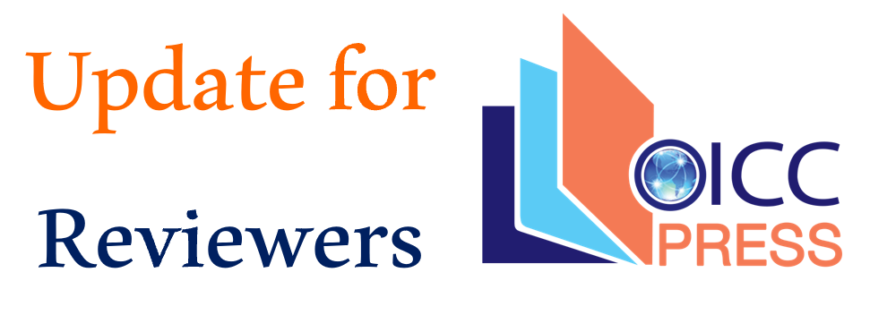Peer Review Process
Peer review is a process in scientific publishing in which experts in a field review and evaluate the quality of research articles or other materials before publication. The purpose of peer review is to ensure that only high-quality, original research is published and to identify any flaws or limitations in work. Peer review is a critical component of the scientific publication process and aims to enhance the quality and clarity of published research.

According to the International Committee of Medical Journal Editors (ICMJE), “Peer review is essential to publishing and disseminating reliable scientific and clinical information. It is the responsibility of editors to implement and maintain fair and effective review processes sensitive to the changing scientific and clinical needs of the communities they serve.
The ICMJE recommends that journals follow several principles in their peer review processes, including:
- Ensuring that the peer review process is fair, objective and timely.
- Assuring that reviewers have the necessary expertise to evaluate the work under review.
- Protecting the confidentiality of the review process.
- Provide clear and constructive feedback to writers about their work.
- Guaranteeing the transparency and accountability of the review process.
There are several steps involved in the standard peer review process:
- Submission: Researchers submit their work to the journal for review. Submissions follow journal guidelines and usually include a cover letter, manuscript, and supporting materials such as figures or tables.
- Initial screening: The journal’s editor-in-chief reviews submissions to determine whether they are suitable for publication and meet the journal’s scope and submission guidelines. A submission will generally be accepted for review if it meets these criteria.
- Selection of reviewers: Selection of reviewers: If the submitted manuscript passes the initial screening, the editor selects a group of experts in this field to review it. These reviewers are usually selected based on their expertise in the specific area of research covered by the submitted manuscript.
- Review: Reviewers critically evaluate the manuscript and provide feedback on its strengths and weaknesses. They may also recommend rejection or acceptance without or with corrections that must be made or justified before the work is published. Reviewers may use the standard form or checklist provided by the journal to guide their evaluations and provide written comments or feedback to authors. They may also use standard guidelines for publishing different types of studies.
- Evaluation: Based on the reviewers’ feedback, the editor decides whether to accept the manuscript for publication, appeal or reject it. In the event of revisions, the authors are given a period to make the necessary corrections and resubmit their work for further review.
- Publication: If the manuscript is accepted, it is typically published in a journal or presented at a conference. The published work may include the reviewers’ comments and suggestions and the authors’ responses to these comments.
It is important to note that the peer review process can vary depending on the explicit journal’s guidelines. The approach of this publisher is a double-blind review in which both referees and authors are anonymous.
References:
1. “Peer Review in Scientific Publishing.” European Science Editing, vol. 44, no. 3, 2018, pp. 73-76.
2. “The Peer Review Process.” American Psychological Association, American Psychological Association, www.apa.org/pubs/journals/resources/peer-review-process.
3. “Peer Review.” Encyclopedia Britannica, Encyclopedia Britannica, Inc., www.britannica.com/topic/peer-review.
4. “Peer Review.” National Institutes of Health, U.S. Department of Health and Human Services, www.nih.gov/about-nih/what-we-do/peer-review.
5. “Peer Review.” Wikipedia, Wikimedia Foundation, 9 Jan. 2021, en.wikipedia.org/wiki/Peer_review.
6. “Peer Review.” Council of Science Editors, Council of Science Editors, www.councilscienceeditors.org/resource-library/editorial-policies/peer-review/.
7. “Recommendations for the Conduct, Reporting, Editing, and Publication of Scholarly Work in Medical Journals” (https://www.icmje.org/recommendations/).
